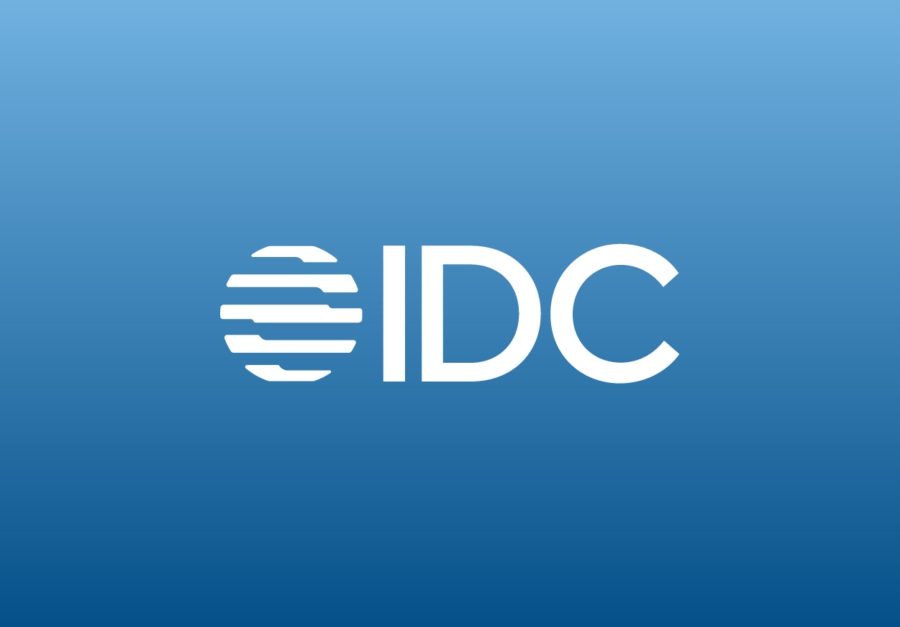Benefits & ROI of a Treasury Management System

Accurately identifying the benefits of treasury management systems has grown complicated—more difficult, in many cases, than determining the ROI on other types of information systems— due to evolving IT capabilities at banks, ongoing advances in treasury management technology, macroeconomic disruptions, companies’ endeavors to embrace digital transformation, and shifting expectations among finance chiefs in control of organizational purse strings.
“CFOs are really concerned about payments” when evaluating potential treasury management system investments, notes Bob Stark, vice president of strategy for Kyriba. That’s understandable given that treasury typically handles one of the company’s primary payment streams and that 78 percent of organizations experience payments fraud, according to the 2018 Association for Financial Professionals (AFP) Payments Fraud Survey.
Finance executives are also dissecting the business case for treasury software investments to determine how the technology and related process improvements can strengthen foreign exchange (FX) strategies and decision-making in the face of Brexit and other volatility flashpoints. “If you don’t effectively manage FX, it can have an unexpected impact on your balance sheet and your income statement,” Stark says. “Obviously, the CFO cares about that, but so does the CEO, so does the board, and so do investors.”






